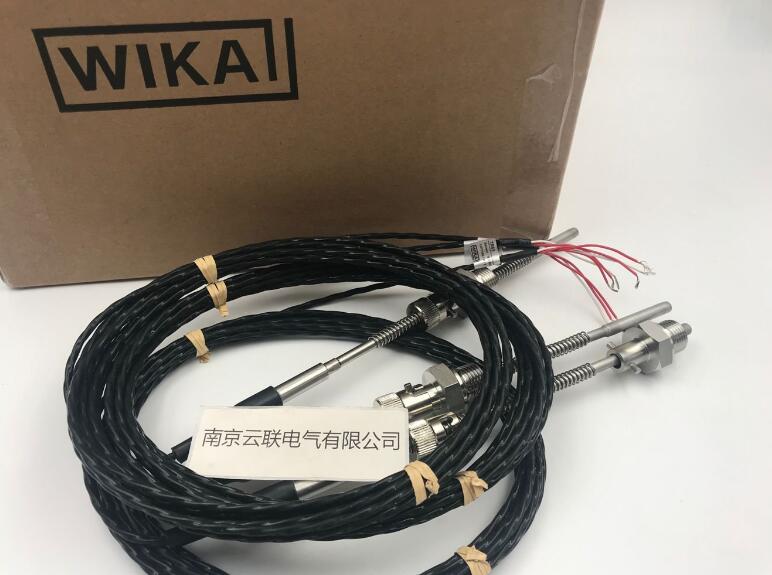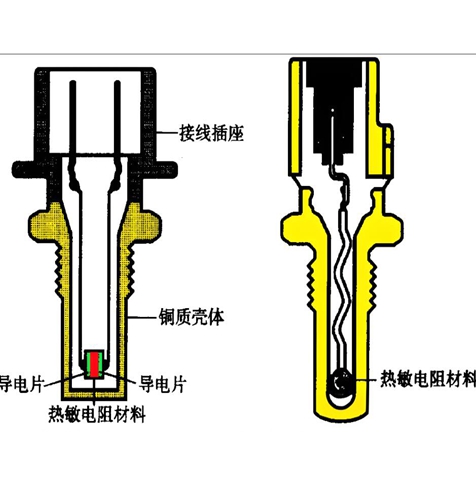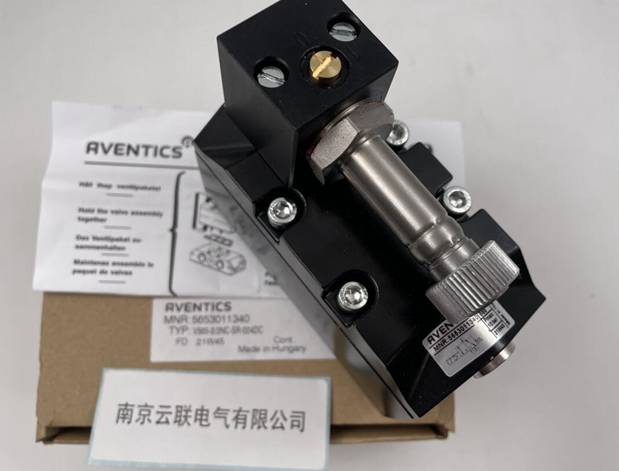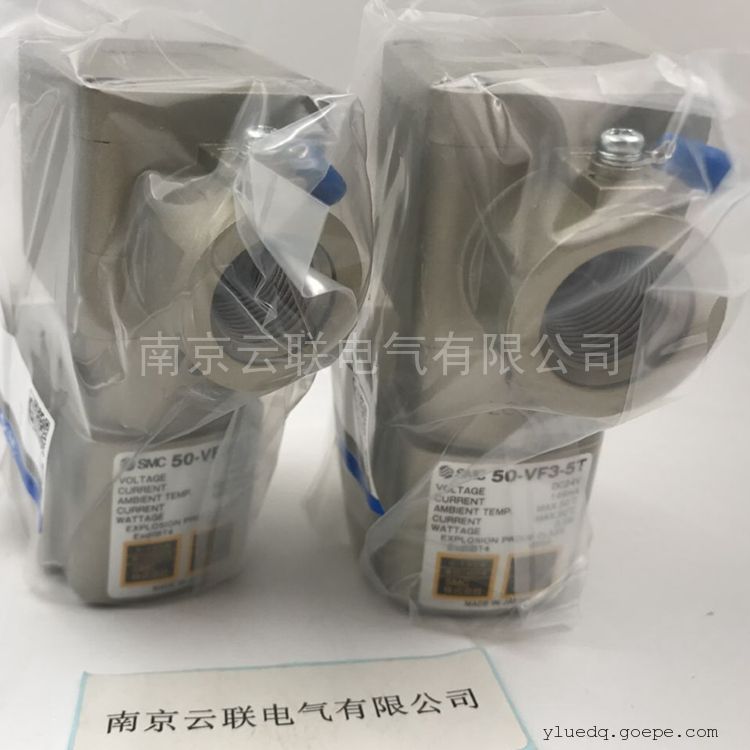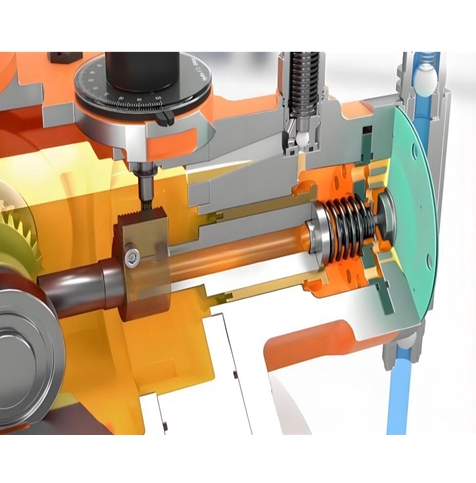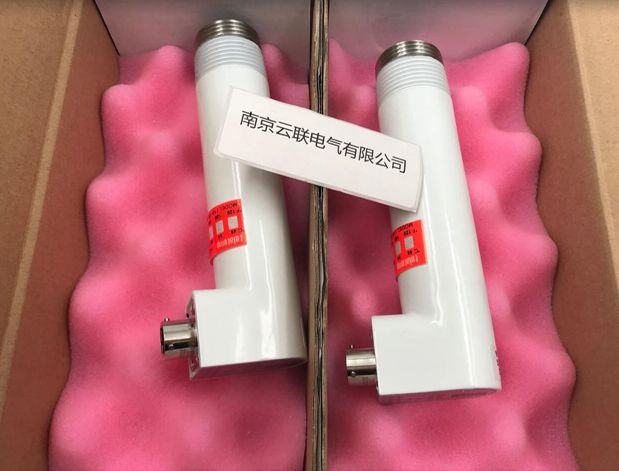详细介绍
温度传感器探头分类:非接触式探头
关键词:温度传感器;非接触式探头;红外温度传感器;光纤温度传感器;微波温度传感器
Temperature sensor probe classification: non-contact probe
With the continuous development of technology, the application of temperature sensors is becoming increasingly widespread. In addition to contact probes, non-contact probes also play an important role in many situations. Non contact probes measure temperature by detecting the thermal radiation emitted by the object being measured, without the need for direct contact with the object. They are suitable for temperature measurement in harsh environments such as high temperatures, high speeds, and corrosiveness that cannot be directly contacted or are not allowed to be contacted.
1、 Infrared temperature sensor probe
Infrared temperature sensor probe is one of the most common non-contact temperature sensor probes. Its working principle is based on the fact that all objects emit infrared radiation outward, and the magnitude of the radiation energy is closely related to the temperature of the object. According to Stephen Boltzmann's law, the radiated power of an object is proportional to the fourth power of its temperature. The infrared temperature sensor probe detects the infrared energy radiated by the object being measured, converts it into an electrical signal, and processes it to obtain the temperature of the object. Infrared temperature sensor probes can be divided into point thermometers, line scanning thermal imagers, and surface scanning thermal imagers. The thermometer is mainly used to measure the temperature of a certain point on the surface of an object, such as in the fault diagnosis of electronic devices, which can quickly detect the temperature of the hot spot. The line scanning thermal imager can measure the temperature of a single line of an object and is commonly used for temperature monitoring of strip shaped objects in industrial production, such as temperature control during the rolling process of steel plates. Surface scanning thermal imagers can obtain temperature distribution images of object surfaces, which are widely used in fields such as building energy-saving detection and power equipment inspection. They can intuitively discover hotspots and temperature abnormal areas of equipment. The advantages of infrared temperature sensor probes are fast response speed, wide measurement range, non-contact measurement, and no interference with the temperature field of the measured object. But it also has some limitations, such as the measurement accuracy being greatly affected by factors such as the emissivity, distance, and ambient temperature of the object, and requiring corresponding calibration and compensation.
2、 Fiber optic temperature sensor probe (based on non-contact measurement principle)
Fiber optic temperature sensor probes are not only partially based on contact measurement principles, but also have some applications based on non-contact measurement principles. For example, using the interaction between light in optical fibers and the thermal radiation of the object being measured to measure temperature. When the optical fiber approaches a high-temperature object, the thermal radiation of the object will cause some changes in the light in the fiber, such as wavelength drift, intensity changes, etc. By detecting these changes, the temperature of the object can be calculated. This fiber optic temperature sensor probe has the advantages of strong electromagnetic interference resistance, small size, and the ability to achieve long-distance measurement. It is suitable for temperature measurement in some special environments, such as temperature monitoring of high-voltage electrical equipment and temperature measurement in the aerospace field. But its disadvantage is that it requires high detection and processing of optical signals, and the cost is relatively high.
3、 Microwave temperature sensor probe
The microwave temperature sensor probe measures temperature by utilizing the characteristics of microwave absorption, reflection, and scattering that are affected by the temperature of the substance when it interacts with the microwave. When the microwave is irradiated onto the object being measured, the temperature of the object will change after absorbing the microwave energy, and the object will also reflect and scatter the microwave. By detecting changes in the characteristics of reflected and scattered microwaves, the temperature of an object can be inferred. The microwave temperature sensor probe has the advantages of strong penetration ability and fast measurement speed, and can be used for measuring the internal temperature of some opaque objects. For example, in the food processing industry, it can measure the temperature distribution inside food to ensure the processing quality of food. But its disadvantage is that the measurement accuracy is relatively low, and it is greatly affected by factors such as the material and shape of the object.
The non-contact temperature sensor probe provides a new method and means for temperature measurement, and plays an irreplaceable role in many fields. With the continuous advancement of technology, the performance of non-contact temperature sensor probes will continue to improve, and their application scope will also continue to expand.
Keywords: temperature sensor; Non contact probe; Infrared temperature sensor; Fiber optic temperature sensor; Microwave temperature sensor
